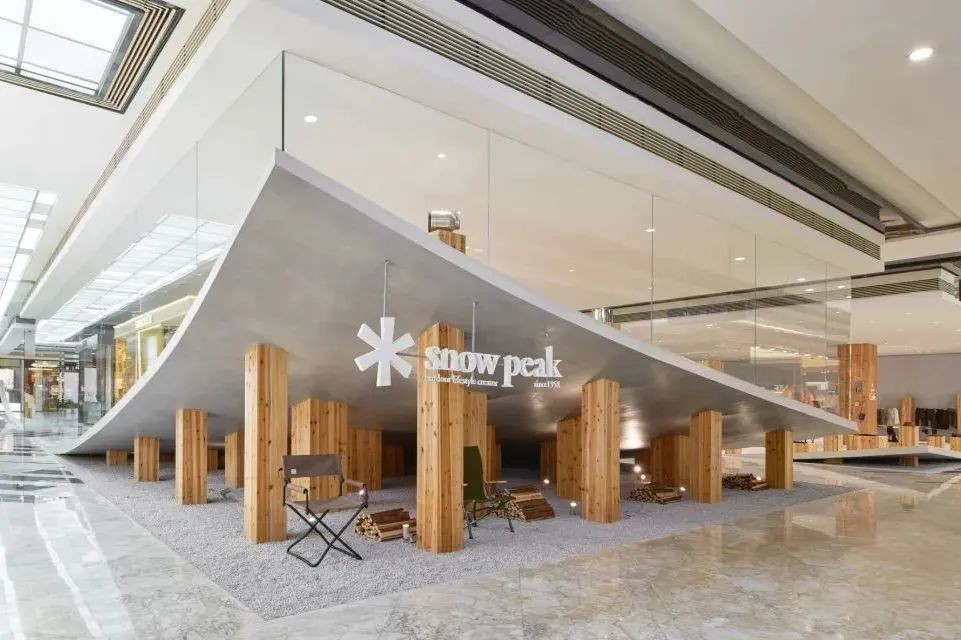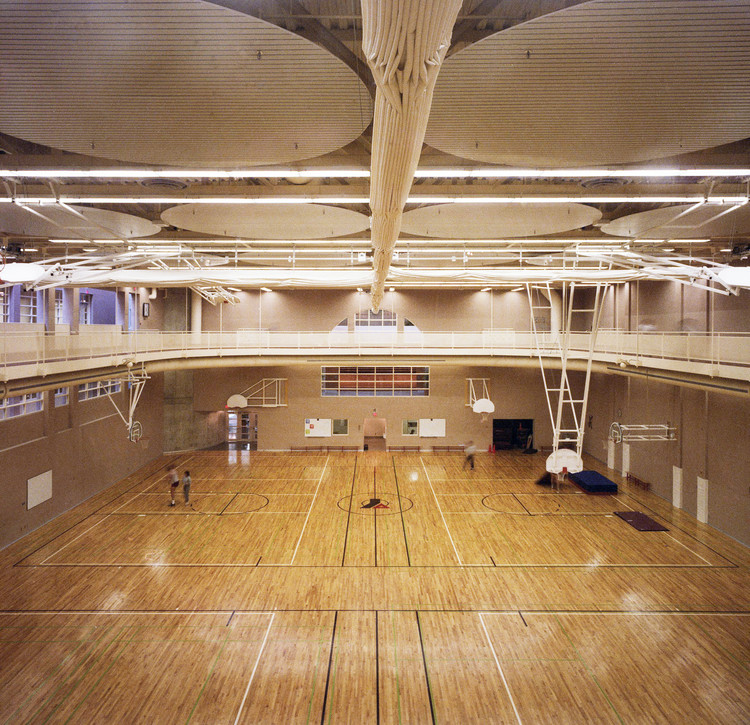JEJU Island Restaurant Refurbishment Moohoi Architecture Studio
2015-12-01 22:00
架构师提供的文本描述。最初考虑的材料是钢板和透明聚碳酸酯,但我还没有找到一种能够抵抗海水盐度的材料。
Text description provided by the architects. The materials initially considered were steel plates and transparent polycarbonate, but I could not yet find a material that can resist the salinity of the ocean water.
然而,我们很匆忙,首先开始了拆除的过程。在这个过程中,我发现所用的材料是深色的瓷砖,然后再涂上白色的油漆。
However, we were in a hurry and began the process of demolition first. In this process, I found out that the material used was a dark coloured tile before it was covered with white paint.
瓷砖并没有像我们所希望的那样轻松脱下。我发现瓷砖上有碎漆、完全剥落的油漆,以及把瓷砖放在墙上的灰泥也被凿破了。
The tiles did not come off with ease as we had wished. I found tiles with chipped paint, completely peeled off paint, and parts where the mortar that kept the tile on the wall was chipped as well.
我想提的另一件事是,这家餐馆离附近的社区很远,因此游客不多。
Another thing I would like to mention is that the restaurant was at a distance from the nearby neighborhood and thus did not have many visitors.
此外,人们很难接近这家餐厅,因为大楼前面的济州奥利小径非常陡峭。因此,我的重建计划以一家咖啡馆将在一楼开业为中心。
Moreover, it was difficult for people to approach the restaurant because the Jeju Olle Trail in front of the building was very steep. Therefore, I centred the reconstruction plan around the fact that a café would open up on the 1st floor.
为了解决这个问题,我为从主干道到这栋大楼的行人做了一条小径。基本上,我在房子里建了一个小村庄。
In order to solve this problem, I made a path for pedestrians that go from the main road leading to this building. Basically, I had made a small village within a house.
 举报
举报
别默默的看了,快登录帮我评论一下吧!:)
注册
登录
更多评论
相关文章
-

描边风设计中,最容易犯的8种问题分析
2018年走过了四分之一,LOGO设计趋势也清晰了LOGO设计
-

描边风设计中,最容易犯的8种问题分析
2018年走过了四分之一,LOGO设计趋势也清晰了LOGO设计
-

描边风设计中,最容易犯的8种问题分析
2018年走过了四分之一,LOGO设计趋势也清晰了LOGO设计






































































